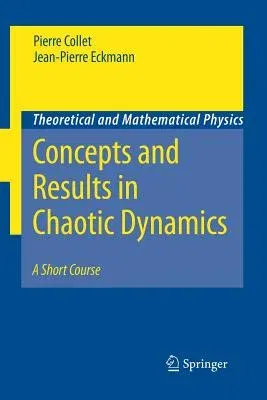Pierre Collet
(Author)Concepts and Results in Chaotic Dynamics: A Short Course (2006)Paperback - 2006, 28 November 2014

Qty
1
Turbo
Ships in 2 - 3 days
In Stock
Free Delivery
Cash on Delivery
15 Days
Free Returns
Secure Checkout

Part of Series
Theoretical and Mathematical Physics
Print Length
232 pages
Language
English
Publisher
Springer
Date Published
28 Nov 2014
ISBN-10
3642421156
ISBN-13
9783642421150
Description
Product Details
Authors:
Book Edition:
2006
Book Format:
Paperback
Country of Origin:
NL
Date Published:
28 November 2014
Dimensions:
23.39 x
15.6 x
1.32 cm
ISBN-10:
3642421156
ISBN-13:
9783642421150
Language:
English
Location:
Berlin, Heidelberg
Pages:
232
Publisher:
Weight:
353.8 gm